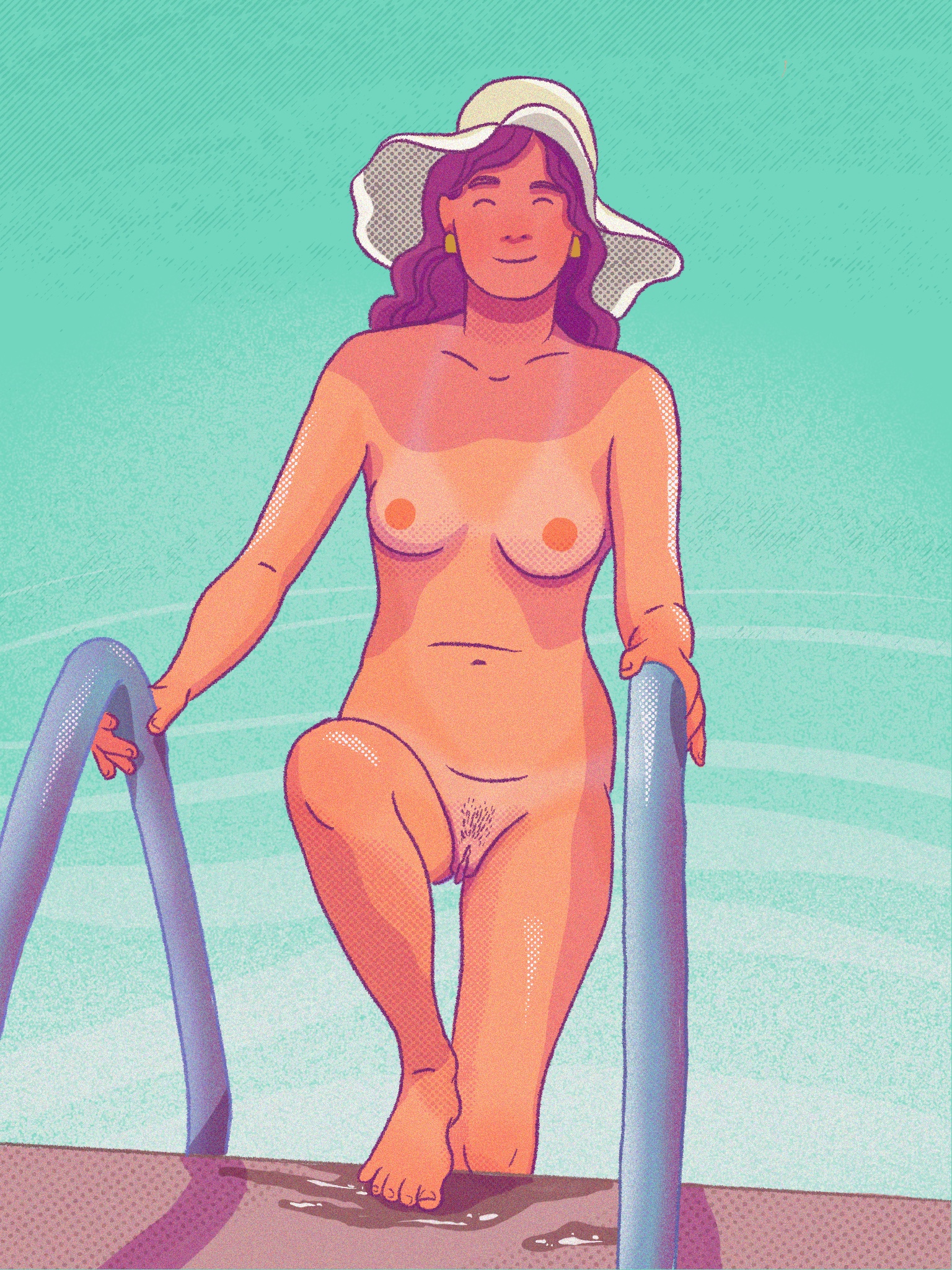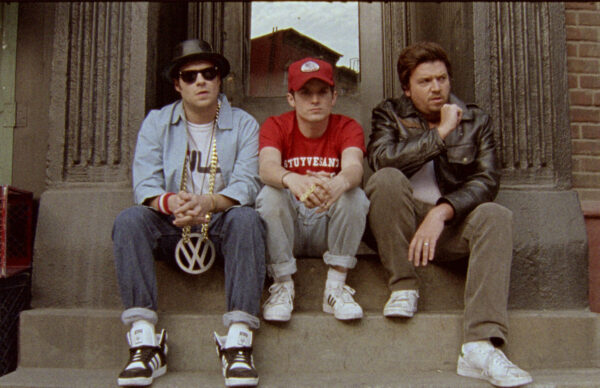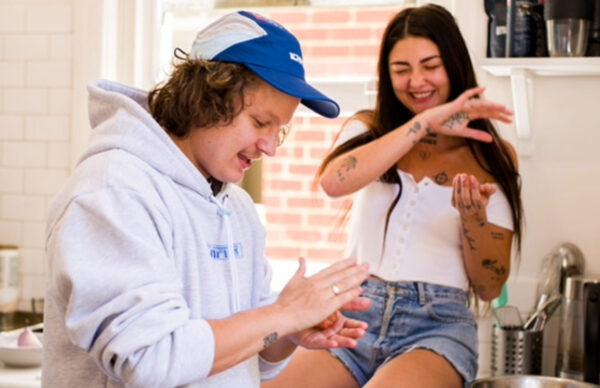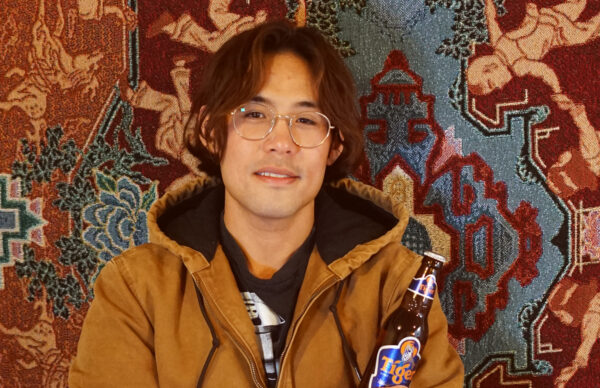From a young age artist Donta Santistevan has always had two loves, art and skating.
It’s no wonder then that the San Fransico based artist has made a career out of combining the two. With bold lines and a vibrant colour palette, Santistevan’s work captures the chill moments of everyday life, whether it be skaters casually jumping stairs or beautiful women residing in shallow water. Having created works for the likes of Chocolate Skateboards, Toy Machine Skateboards, SML Wheels, and Skidmark Magazine, Santistevan has amassed a body of work that would just as easily detail a deck as they would hang on the white walls of a gallery.
We caught up with the man himself to ask him a few questions about his work, skating, and advice he would to any up and coming artists out there.
When did you initially start drawing? What were some of the moments that left an artistic impression on you growing up?
I’ve been drawing for as long as I can remember and come from a very creative family. One uncle was a sign painter, another an air-brusher, my cousin is a print maker and and professor of art and my mom is an amazing crafter. Creating is very encouraged in my family. My grandma would always have crayons and paper with her no matter what. I was lucky enough to have those people around me who never told me to stop drawing.

One of the biggest moments that left an impression on me is when my aforementioned cousin moved up to San Jose to go to school for printmaking. I was living nearby and we’d hang out. He was the one who encouraged me to keep drawing and really develop my skill. At that time I was kind of lost. I didn’t know what I was gonna do with my life. All I liked doing was skating and drawing, and skating was not gonna be a long term career. It’s because of him that I decided to move to San Francisco and go to school for illustration.
Your work incorporates imagery from the world of skating, pop culture and small moments from everyday life. How did you develop your unique and vibrant style? Have your inspirations evolved over the years?
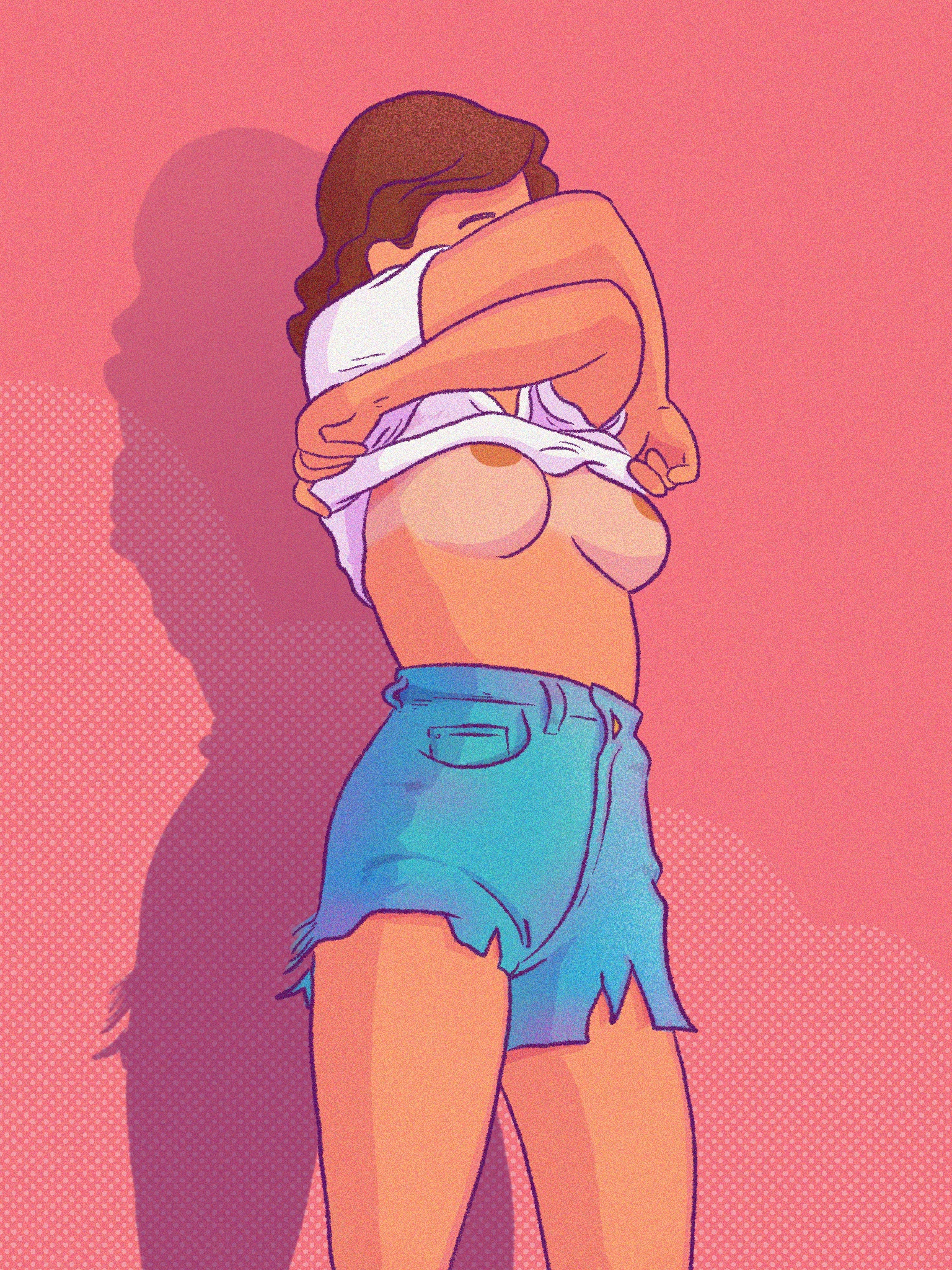
I never made a conscious effort to develop my style. I guess it came about naturally. I just try to make each drawing better than the last. I look at each piece as a learning opportunity. What do I like? What don’t I like? How can I evolve off of what I already did? My fear is never growing as an artist, so I try to do something new with each one. Sometimes that’s messing with line weight, sometimes it’s color, and sometimes it’s working in a completely different style all together.
My inspiration really comes from my everyday life. It’s the best place to draw from. As my life got brighter and happier, my work did as well. If you’re living an interesting life, you’ll do interesting work.
Through out your career you have had the opportunity to collaborate with numerous skate brands including Chocolate Skateboards and Central Skateboarding. Was it always a dream of yours to see people riding a deck with your art on it?
It’s still a dream! I once saw of a photo of Rick McCrank skating a board I drew and pretty much lost my shit.
I’ve been skating since I was 13 so it’s an industry I know pretty well, but never thought I’d ever be a part of. I really have to thank Chico Brenes. My first graphics were actually with Toy Machine Skateboards but it was Chico and Central Skateboards that really believed in me.
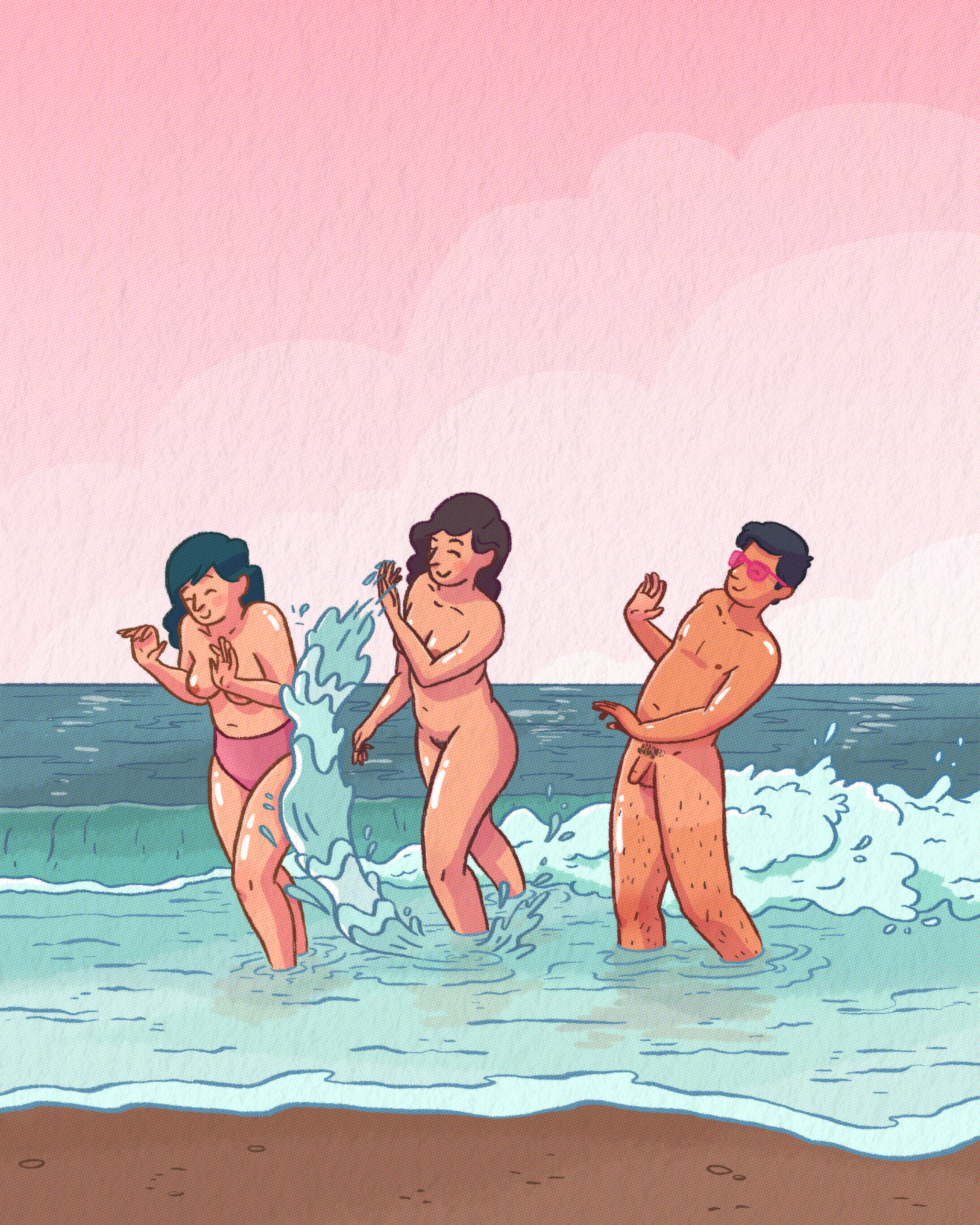
What are some of challenges/ considerations you must make when designing a skate graphic?
Skateboards are such a uniquely sized canvas. Trying to get your idea to work in a tall rectangle can sometimes be tricky. In the end, what I really try to do is use bold colours. I want to be able to quickly spot my board on the wall of a skate shop or see it in a skate video when someone kick flips and you see the graphic for a split second.
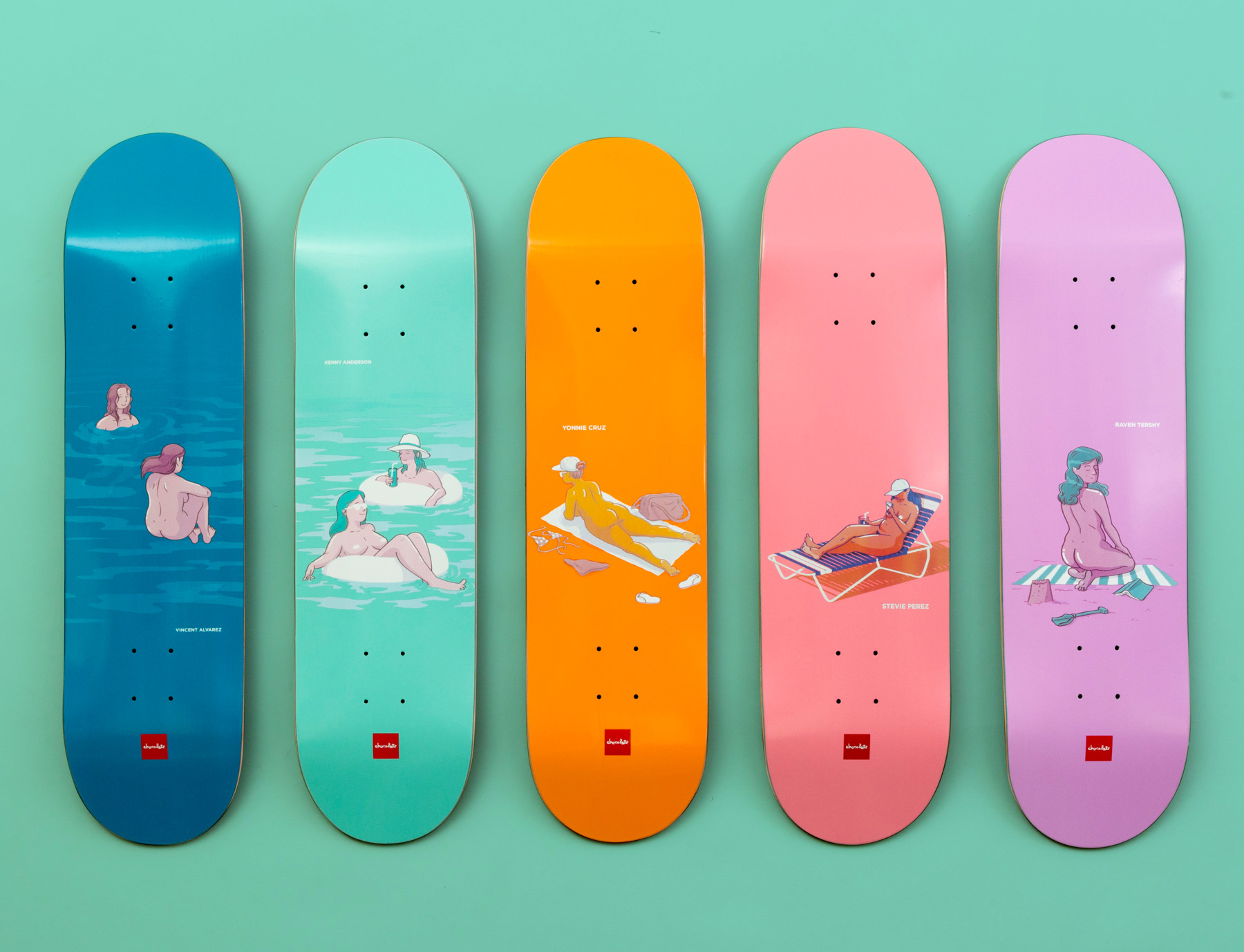
What advice would you give someone coming up, trying to make it as a working artist?
Stay motivated and don’t be afraid of failure. For every one graphic I get produced, there is over 20 that weren’t. The more people you show your work to the more feedback you’ll get and it’s that feedback that helps you grow.
